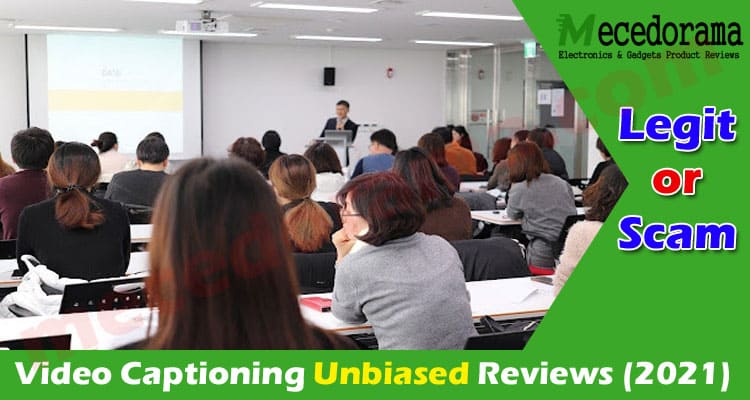Video Captioning: Many people around the world can access and enjoy video materials online because of modern technology. Video sharing and streaming sites provide content producers with several platforms to upload and show their videos. But since the web is accessible to all, providing captions to videos makes the content available to more audiences.
Several tools are available to provide captions to videos. Humans process some captions. Others are processed using various software, automatically or manually. Other programs are more sophisticated, such as live integration CART captions, which provide captions to live events in real time, such as conferences, university lectures, seminars, and live broadcasts on media outlets and online video streaming sites.
Why is adding captions to videos vital?
Adding captions to videos provides several benefits to the viewers and organizations, boosting workflows and production efficiency.
Provides easier access to information
Captions enhance the viewing experience of people who are deaf and hard of hearing. Captions are time-synchronized, so they follow the spoken words that the characters on screen utter. The captions become an essential alternative for the millions of Americans who suffer from hearing loss and the more than 300 million people with hearing impairments worldwide. With captions, you increase your audience as you grant access to all interested viewers.
You become legally-compliant
The majority of workers with full or partial hearing loss are either in an educational setting or in the workforce. The United States has several anti-discrimination laws protecting the rights of disabled people.
The regulations mandate that they should be able to access the same resources and information as the rest of the population. The FCC strictly regulates the laws requiring videos to have captions, particularly those videos used for media and television broadcasts.
Over the years, the government amended the stipulations, and today, audio description requirements are needed together with closed captions.
The regulations should be strictly followed. Many organizations were already sued because they failed to provide captions for online audio and video content. It will help your organization to give captions as well as transcripts of your audiovisual content.
Allows proper comprehension
Online learners benefit greatly from video captions and transcriptions. Students consider captions as a helpful learning aid because the captions improve their comprehension. Captions help people whose primary language is not English. Simultaneously, they help people who are learning English as a second language. The literacy of young children improves by watching videos with captions. Finally, captions help people who prefer reading to listening.
Viewing in sound-sensitive areas
Viewers often access video content wherever they are. And in some areas, they prefer to view videos without sounds, such as in libraries, offices, public places, crowded streets, or noisy buses and trains. However, if the videos have captions, they can still comprehend and enjoy the content. Likewise, most social media platforms autoplay video with no sound, making captions essential to users.
Boost SEO strategies
Websites need to rank higher in search engine results pages, which will drive more traffic to sites. Search engines do not index videos, but search engine bots can properly index these videos with captions and transcripts. Captions can also help web users to find your videos quickly, which improves user experience.
Aside from making your organization or company legally compliant, providing captions to videos and audio content increases your audience, improves comprehension, aids in learning, and allows more people with or without hearing disabilities to access information quickly and enjoy content without prejudice.
Also Read – How To Edit Video For Social Media


